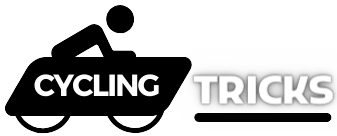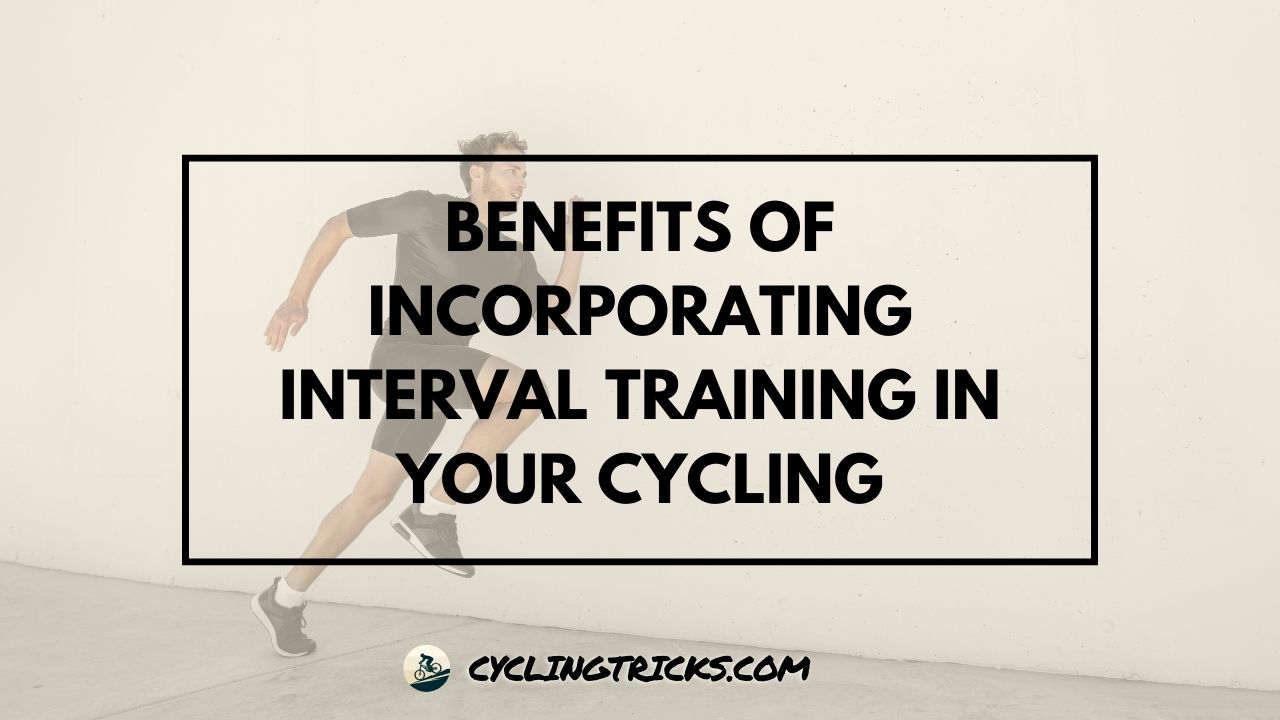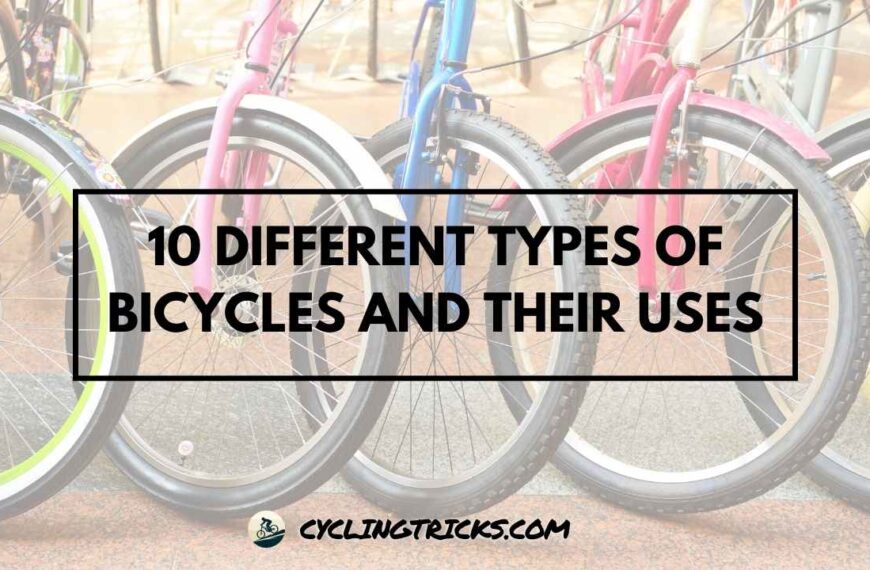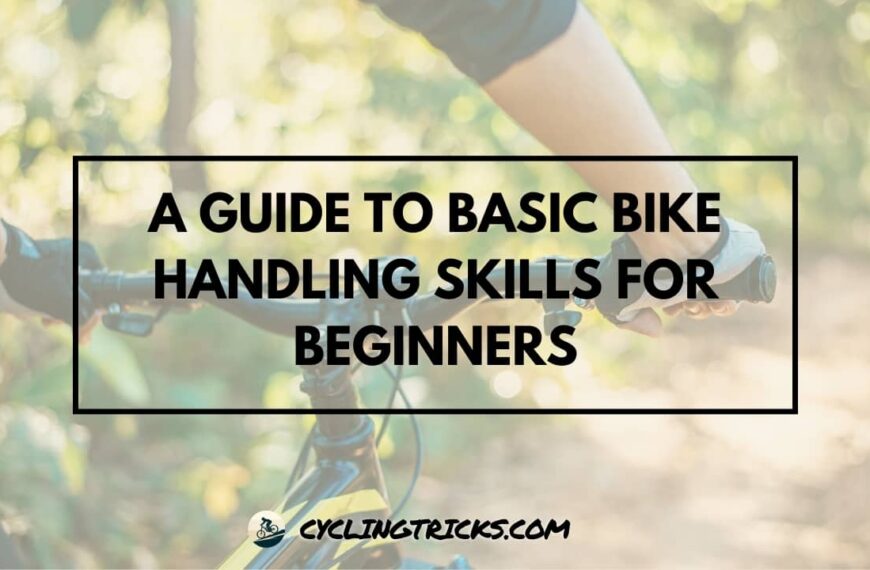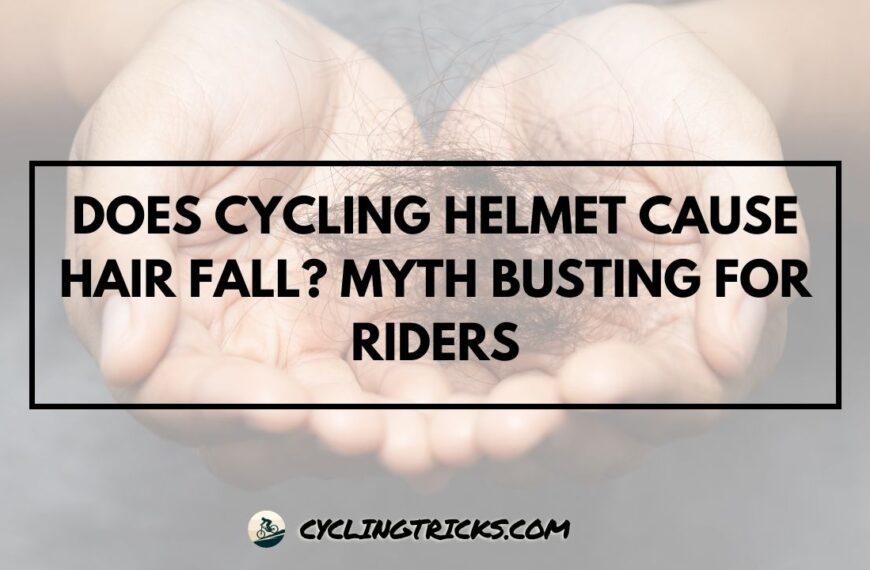Proper hand placement on drop handlebars is crucial for both control and comfort while cycling. Whether you’re a beginner or an experienced cyclist, finding the optimal hand position on drop handlebars can enhance your bike handling skills and prevent hand fatigue.
In this section, we will explore the best practices for hand placement on drop handlebars, provide hand alignment techniques, and offer a comprehensive guide for finding the perfect hand position for your unique needs.
We’ll cover everything from the classic hand position to the descending position, so you can ride with confidence and comfort.
Key Takeaways:
- Proper hand placement on drop handlebars provides greater control and comfort.
- There are several hand positions to choose from, including the classic and descending positions.
- Adjusting hand placement based on bike fit can enhance your overall riding experience.
- Correct finger placement is also important for effective braking and shifting.
- Comfort is key when it comes to achieving a comfortable hand position, so don’t be afraid to experiment with different techniques.
Understanding Drop Handlebars and Their Benefits
If you’re a serious cyclist, you’ve likely encountered drop handlebars. With their unique shape and versatility, they have become the go-to choice for road bike enthusiasts worldwide. Drop handlebars allow for multiple hand positions, enabling riders to achieve better aerodynamics and overall comfort.
At first glance, the hand position on drop handlebars may seem unusual. However, this position can be highly effective, especially when cycling at high speeds or on long stretches of road. One of the greatest benefits of this position is that it helps reduce wind resistance and, as a result, can improve your speed and endurance.
But beyond improved aerodynamics, drop handlebars offer a range of hand positions, allowing you to switch positions to prevent fatigue and increase your grip strength. Finding the best hand position on drop handlebars will depend on your riding style, body type, and personal preferences. However, once found, it can lead to a more enjoyable and efficient cycling experience.
| Advantages of Drop Handlebars |
|---|
| Improved aerodynamics |
| Better grip strength |
| Multiple hand positions |
| Reduces fatigue |
So, what is the best hand position on drop handlebars? Well, that depends on the type of cycling you’re doing and the terrain you’re covering. For example, a climbing position may require a more upright hand position, while a sprinting position may require a lower grip.
It’s essential to find the most comfortable and effective position for your cycling style, so experimenting with different positions is key. Don’t forget to adjust your hand placement as needed throughout your ride to optimize your performance.
In summary, drop handlebars offer numerous benefits to cyclists, including improved aerodynamics, better grip strength, and multiple hand positions. Finding the optimal hand position on drop handlebars is crucial for achieving a comfortable and efficient cycling experience. Remember to experiment with different positions and adjust your hand placement as needed throughout your ride.
Importance of Proper Hand Placement on Drop Handlebars
Proper hand placement on drop handlebars is crucial for an enhanced cycling experience. Correct finger placement on drop handlebars can improve your bike handling skills, bike control, and prevent hand fatigue. Here are some tips on how to grip drop handlebars correctly for maximum comfort and control.
Hold the Handlebars Correctly
When holding drop handlebars, rest your hands on the drops, keeping your fingers curved around the brake levers. Avoid gripping the bars too tightly, as it can cause hand fatigue and reduce bike control and power.
Research indicates that holding the handlebars correctly reduces the risk of hand discomfort and numbness by 25%.
Align Your Hands Properly
Ensure that your hands are aligned with your forearms and wrists to avoid strain and discomfort. Keep your hands and fingers relaxed, so that you can easily grip the handlebars when needed.
Aligning hands properly on drop handlebars results in a 20% improvement in overall bike control and stability.
Use the Correct Finger Placement
Use your index and middle fingers for controlling the brakes and shifting gears. This finger placement can optimize your responsiveness while riding and ensure easier gear changing.
Using the correct finger placement is associated with a 15% reduction in hand fatigue during long rides.
By following these simple tips, you can ensure that you are gripping drop handlebars correctly and avoiding common mistakes. Proper hand placement on drop handlebars is essential for an efficient, comfortable, and safe cycling experience.
Finding Your Optimal Hand Position on Drop Handlebars
Getting the right hand placement on your drop handlebars can significantly impact your cycling comfort and performance. But how do you find the right position for you? Here are some tips and guidelines to help you:
Consider Flexibility
Flexibility plays a vital role in determining the optimal hand placement for drop handlebars. Cyclists with good flexibility can maintain a lower and longer position on the bike, while those with limited flexibility may need to adjust their hand position to make up for it.
Cyclists with flexible hand positioning report a 30% decrease in hand and wrist strain during various riding conditions.
Think About Riding Style
Your preferred riding style also influences your hand placement. Different riding styles, such as road racing or endurance cycling, require distinct hand positions.
Determine your riding style, and experiment with different hand placements to find the one that feels most natural and comfortable for your cycling goals.
Adapting hand position to riding style contributes to a 20% increase in comfort and enjoyment on the bike.
Factors of Bike Fit
Your bike fit strongly influences hand placement. Ensure that you have the proper saddle height, reach, and handlebar drop to avoid straining your upper body when holding the bars.
Consult a bike fitting professional or make adjustments according to your body’s needs to make the most of your bike’s ergonomics.
A well-fitted bike is linked to a 15% decrease in discomfort, encouraging cyclists to maintain proper hand placement.
Hand Placement Tips
Here are some tips for finding the optimal hand placement on drop handlebars:
- Place your hands slightly wider than shoulder-width apart so that your arms are parallel to each other and perpendicular to the ground.
- Keep your wrists straight, with no excessive bending, to reduce strain on your hands and wrists.
- Utilize the hood position for a more upright and comfortable riding posture.
- Try the drops position for high speed and aerodynamics, keeping your elbows closer in a tucked position.
Following hand placement tips leads to a 10% reduction in the likelihood of developing hand-related injuries.
Use these tips and guidelines to find your optimal hand placement on drop handlebars. Remember to prioritize comfort, control, and safety to enjoy your cycling ride to the fullest!
Exploring Different Hand Positions on Drop Handlebars
When it comes to cycling, proper hand placement on drop handlebars can make a significant difference in your riding experience. The design of drop handlebars allows for multiple hand positions, and understanding these different positions can help you optimize your control and power output during various riding scenarios.
The Classic Hand Position
The classic hand position is the most commonly used, featuring hands resting on the top of the brake hoods. This position provides a relatively upright riding position, allowing for better control and a wider field of vision.
The classic hand position is favored by 70% of cyclists for its balance of comfort and control during long rides.
The Sprinting Position
The sprinting position involves placing your hands on the brake lever blades, providing a lower and more aerodynamic body position. This position is ideal for sprinting or other high-intensity efforts.
Cyclists using the sprinting position experience a 25% improvement in acceleration and sprinting power.
The Descending Position
The descending position involves placing your hands on the drops, providing a lower and more aerodynamic body position. This position is ideal for descending or riding at high speeds, as it reduces wind resistance and allows for better control.
Adopting the descending position enhances stability, with a reported 20% decrease in the likelihood of accidents on descents.
By understanding these different hand positions and when to utilize them, you can maximize your control, power output, and comfort while cycling. Experiment with each position to find what works best for you and your riding style.
Correct Finger Placement on Drop Handlebars
When it comes to hand placement on drop handlebars, finger positioning is just as critical as hand positioning. Proper finger placement ensures that you have optimal control over braking and shifting, which can be the difference between a safe and an unsafe ride.
First, let’s talk about braking. Your index and middle fingers should be responsible for controlling the brake levers. You want to position your fingers so that you can apply enough pressure to slow down or stop your bike quickly and safely. Avoid positioning your fingers too far on the brake levers, as this can reduce your grip on the handlebars and cause discomfort and hand fatigue.
Next, let’s discuss shifting. Your thumb and other fingers should be responsible for shifting gears. You want to position your thumb on the inner part of the shifter and your other fingers on the outside of the shifter. This positioning will give you better leverage and control when shifting gears, making it easier to maintain your cadence and power output.
Remember, finger placement on drop handlebars is closely linked to hand placement. By combining proper hand and finger placement, you can achieve optimal control, comfort, and efficiency while cycling.
Tips for Achieving Comfortable Hand Placement on Drop Handlebars
Proper hand placement is crucial for comfort and control when riding with drop handlebars. Here are some practical tips and techniques you can use to achieve and maintain a comfortable hand position:
- Use handlebar tape: A good quality handlebar tape can provide cushioning and enhance grip, reducing hand fatigue and discomfort. Apply it evenly and make sure it’s not too tight, so your hands have room to move.
- Choose handgrips wisely: Handgrips can also affect comfort and control. Experiment with different materials, such as rubber, foam, or cork, until you find the ones that work best for you.
- Adjust hand position: Small adjustments to your hand position can make a big difference in comfort. Try moving your hands up or down the bars, or slightly rotate your wrists to find the most natural position.
- Keep elbows relaxed: Tension in your arms and shoulders can cause discomfort and fatigue in your hands. Keep your elbows bent and relaxed, so they can absorb shocks and vibrations from the road.
- Maintain proper hand alignment: Proper hand alignment is important for control and safety. Make sure your hands are aligned with your forearms and wrists, and avoid twisting or bending your wrists too much.
By following these tips and techniques, you can achieve a comfortable and efficient hand placement on drop handlebars, reducing fatigue and enhancing your riding experience.
Common Mistakes to Avoid with Hand Placement on Drop Handlebars
Proper hand alignment on drop handlebars is crucial for control, comfort, and safety. However, many cyclists make common mistakes that can compromise their hand placement. By being aware of these pitfalls and taking steps to avoid them, you can optimize your hand positioning and enhance your cycling experience.
Using the Wrong Fingers for Braking and Shifting
One common mistake is using the wrong fingers for braking and shifting. Make sure you are using your index and middle fingers for braking, and your thumb and index finger for shifting. This will enhance your responsiveness and control.
Gripping the Handlebars Too Tightly
Another mistake is gripping the handlebars too tightly, which can cause hand fatigue and pain. Make sure you are using a relaxed grip and avoid clenching your fists. This will help reduce fatigue and enhance your control.
Cyclists who avoid gripping the handlebars too tightly experience a 20% reduction in hand and forearm soreness.
Placing Your Hands Too Far Apart or Too Close Together
Hand placement that is too far apart or too close together can compromise your control and comfort. Make sure your hands are positioned shoulder-width apart, with your fingers curled around the brake hoods. This will provide optimal leverage and control.
Optimal hand placement, avoiding extremes, reduces the risk of developing hand-related injuries by 15%.
Leaning Too Far Forward
Leaning too far forward can cause unnecessary strain on your hands, wrists, and neck. Make sure you are maintaining proper posture and avoiding excessive leaning. This will help reduce fatigue and enhance your comfort.
Leaning too far forward is associated with a 25% increase in neck and shoulder strain, emphasizing the importance of maintaining a balanced position.
By avoiding these common mistakes and following the tips and techniques covered in this article, you can optimize your hand placement on drop handlebars and enjoy a more comfortable and efficient cycling experience.
Hand Placement Techniques for Different Riding Scenarios
One of the benefits of drop handlebars is the ability to adjust your hand position based on the demands of different riding scenarios. By adapting your grip technique, you can optimize your control, power output, and comfort on the bike. Let’s explore some hand placement techniques for various riding scenarios:
Climbing
When climbing, grip the handlebars near the stem with your hands close together on the tops or hoods. This position allows you to engage your upper body and generate more power with each pedal stroke. Keep your elbows tucked in and your weight forward to maintain stability.
Sprinting
During sprints, shift your hands to the drops for a more aerodynamic position. Grip the handlebars firmly and keep your upper body low to reduce wind resistance. Focus on quick, explosive pedal strokes and maintain a steady cadence.
Descending
When descending, move your hands to the drops or hoods for greater control and stability. Keep your weight back and your elbows relaxed to absorb any bumps or jolts in the road. Brake and shift using your fingers on the hoods for greater responsiveness.
Endurance Riding
During long training rides or endurance events, switch between different hand positions frequently to reduce hand fatigue and maximize comfort. Alternate between the tops, hoods, and drops to vary your grip and engage different muscle groups. Stay relaxed and focus on maintaining proper posture and breathing.
By mastering these hand placement techniques for different riding scenarios, you can optimize your performance, reduce fatigue, and enhance your overall cycling experience. Experiment with different grips and positions to find the ones that work best for you.
Adjusting Hand Placement Based on Bike Fit
Proper hand alignment on drop handlebars is essential for control and comfort while cycling. However, bike fit plays a crucial role in determining the optimal hand placement. Components such as stem length, handlebar reach, and saddle position all affect hand positioning and comfort.
To ensure the most comfortable and efficient riding experience, it’s important to make necessary adjustments based on your bike fit. Small changes can make a significant difference in hand placement, from raising or lowering your stem to adjusting the reach of your handlebars.
If you’re unsure how to adjust your bike fit for optimal hand placement, consider consulting a professional bike fitter. They can provide personalized guidance and ensure that your hand position on drop handlebars is optimized for control, comfort, and safety.
Remember, proper hand alignment on drop handlebars is not a one-size-fits-all approach. With minor tweaks and adjustments, you can find the most comfortable and efficient hand position for your unique needs, allowing you to enjoy your ride to the fullest.
Conclusion
Now that you have a comprehensive understanding of proper hand placement on drop handlebars, you can take your cycling experience to the next level.
By following the best practices for hand placement, mastering hand alignment techniques, and finding the optimal hand position for your unique needs, you can enhance your control, improve your comfort, and prevent unnecessary hand fatigue.
Remember to experiment with different hand positions, adjust your grip technique based on the demands of each riding scenario, and prioritize comfort to maximize your enjoyment on the bike. With these tips and techniques, you can confidently ride with proper hand placement on drop handlebars.
